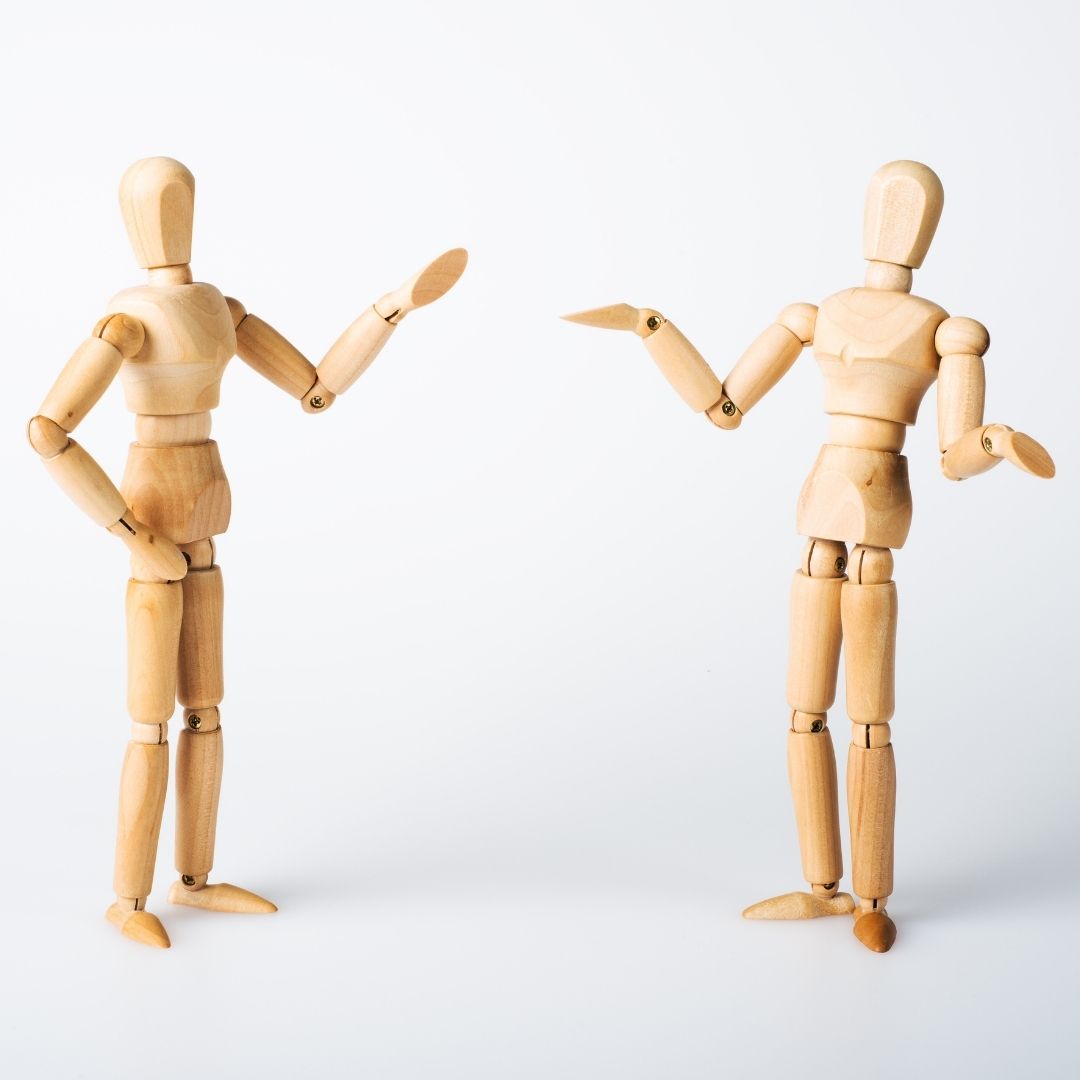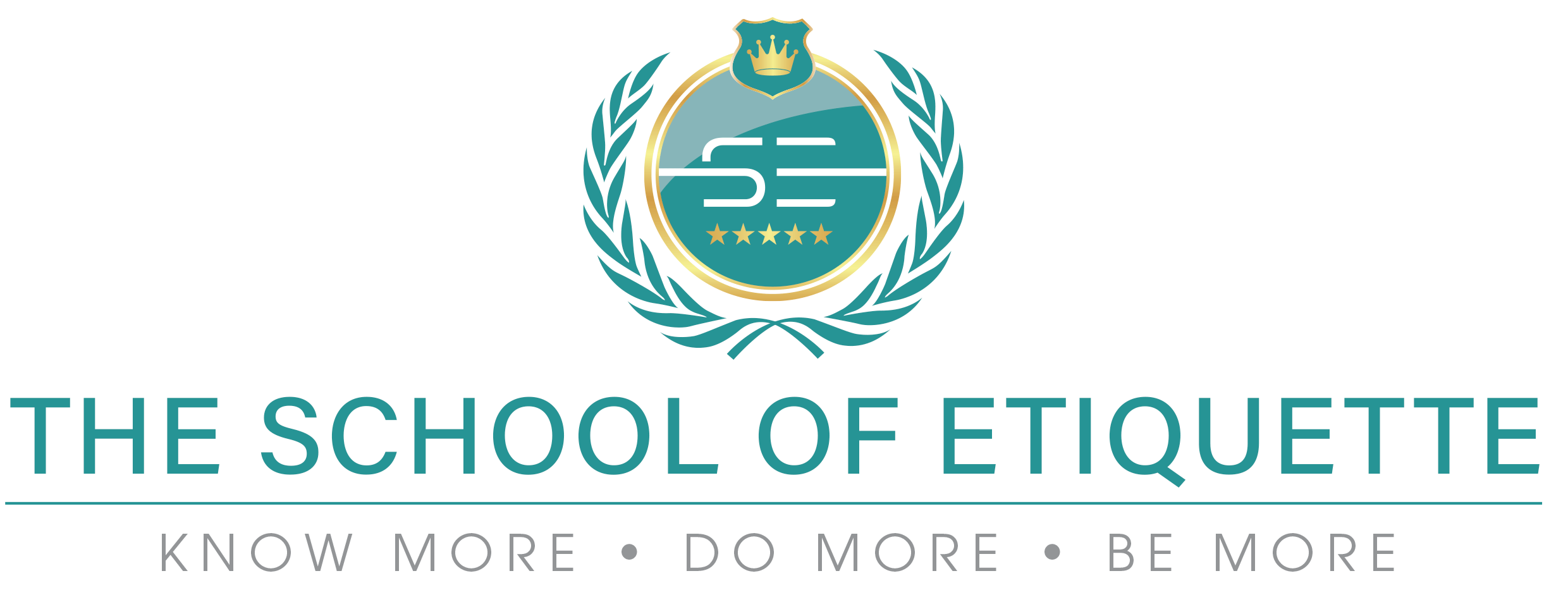
The Importance of Body Language in the Workplace
Do you want to have an advantage in interaction or negotiations with others? Do you wish to know how they are feeling and the way they are thinking?
Mastering this ability will give you more confidence and skill in handling social and business interactions.
Research has shown that communication consists of 55% body language, 38% tonality and 7% words.
If this is so (which it is), you will have a massive advantage when interacting with others, if you are able to read and interpret their body language.
And
If you know how to use tone as your ally or listen for and interpret the tone others are using when communicating with you.
So what are you really saying without saying it?
One needs to be constantly aware of the messages you’re sending with your body because they are the most expressive language in every language.
In the words of Ralph Waldo Emerson, “What you do speaks so loud that I cannot hear what you say.”
Every professional needs to be aware of the signals they are sending in their work and social circumstances to ensure that there is consistency and fluidity in their communications.
There are several aspects every professional needs to master-
1. Posture
2. Eye contact
3. Body positioning
4. Distracting gestures
Posture
Align your pelvic bone with the two bones in your neck. (Pull pelvis slightly forward) Drop your shoulders, extending your neck almost as though you have two strings behind your ears pulling up. Watch yourself doing this in a mirror and see the difference in your presence. This posture exudes self-assurance, poise and professionalism and projects an air of success. People trust those who look confident and self-assured.
Eye Contact
Hold eye contact with someone 50-60% of the time- this builds rapport and allows you to diminish the intensity of an unwavering, unblinking stare. Anything less than 40% is registered as losing interest. When looking away from the person it is polite to look downwards, it indicates that you are registering what is being said and that you are interested. In a professional setting, you should should not look below the other person’s eyes as it can be misconstrued as too familiar. If you are struggling to maintain eye contact because you are finding it too intense and uncomfortable, fix your eye on the centre of the other person’s forehead – this allows for the intensity of the stare to diminish whilst retaining an air of professionalism. It is impossible for the other person to read this.
Body Positioning
Be aware of how you’re standing, who you are facing and whether your arms or legs are crossed.
If you are crossed it can indicate that you feel insecure or untrusting of something. When you cross your arms, you lose your credibility. The power stance entails you standing with your legs shoulder width apart, shoulders down and back and your arms at your side – This position expresses confidence and authority- two very necessary impressions to create when doing business.
When talking to someone, you should face that individual shoulder-to-shoulder so that you are looking directly at them.
See examples below of authoritative positions –
• The steeple hand gesture represents that you are confident and self-assured but should be used sparingly.
• When pointing do not use your forefinger as this may be construed as aggressive or rude. Rather press your forefinger to your thumb with your other fingers extended and you will project an authoritative but not aggressive air.
• Holding hands behind the back shows that you are confident and feel superior.
• Hands on hips shows that you are preparing to dominate .
• Thumbs protruding while the rest of the hand is in your pockets shows that the person feels they are superior to others.
Distracting Gestures
• The jiggling or tapping of the feet is a sign that the person wants to get away from a situation.
• Open and uncrossed legs show that you are open or dominant while crossed legs show that you are closed off or uncertain.
• If legs are crossed, the knee points toward what you don’t prefer.
• Never ask a person to make a decision if they have their legs or arms crossed.
• A person that locks their ankles together is essentially ‘biting their lip’ and holding back negative emotion.
• If a person locks one foot around their calf or thigh they are showing signs of timidness.
• If a person sits oddly in a chair they are showing you that they don’t see you as important.
• If the person tucks their thumbs in their pants rather than resting their hands on their hips, they are being very aggressive.
Your body language can have an important effect on your success in business. Take note of yours and others’ body language and positioning for the next 5 days. Build up an awareness of your own behaviour as it will help you to better identify and read someone else whilst ensuring you reflect the correct image.



